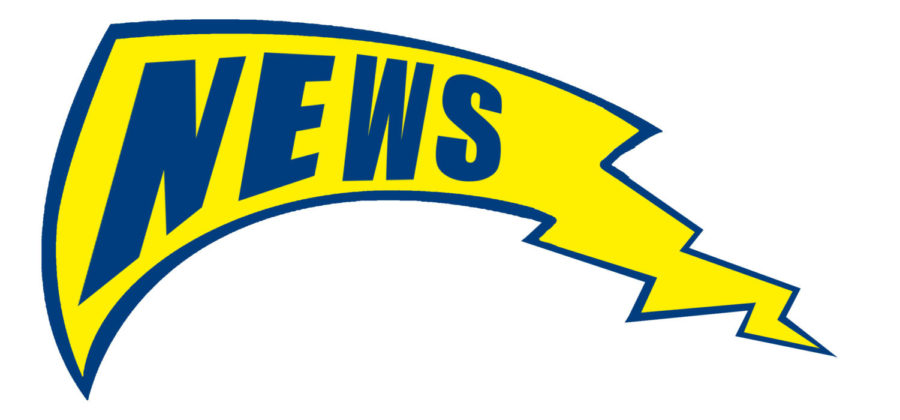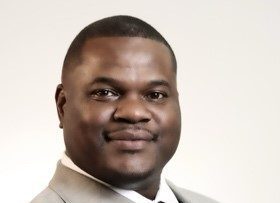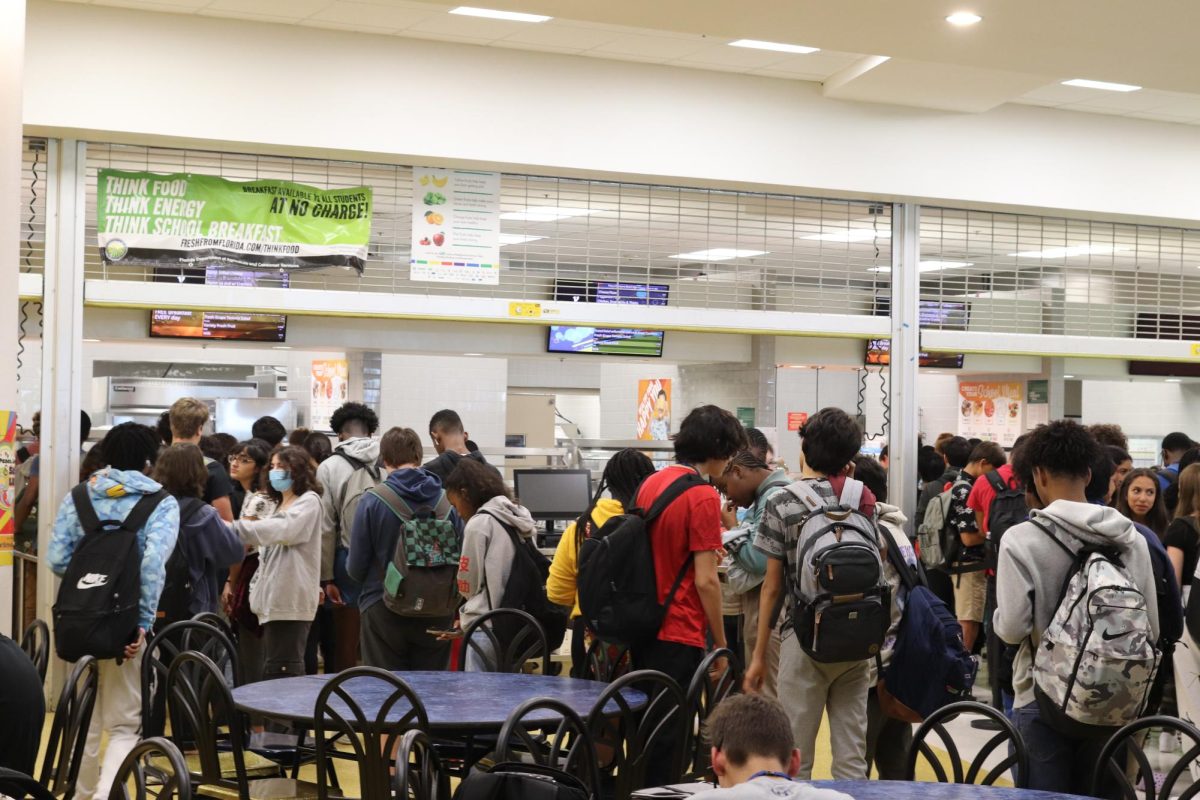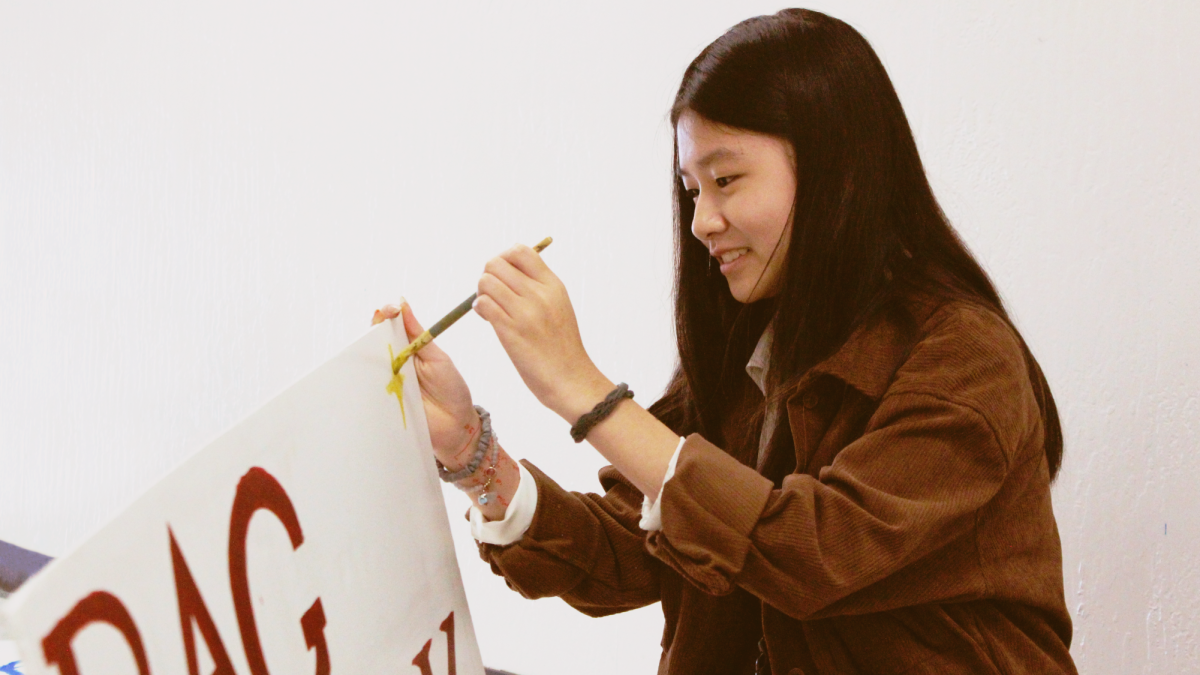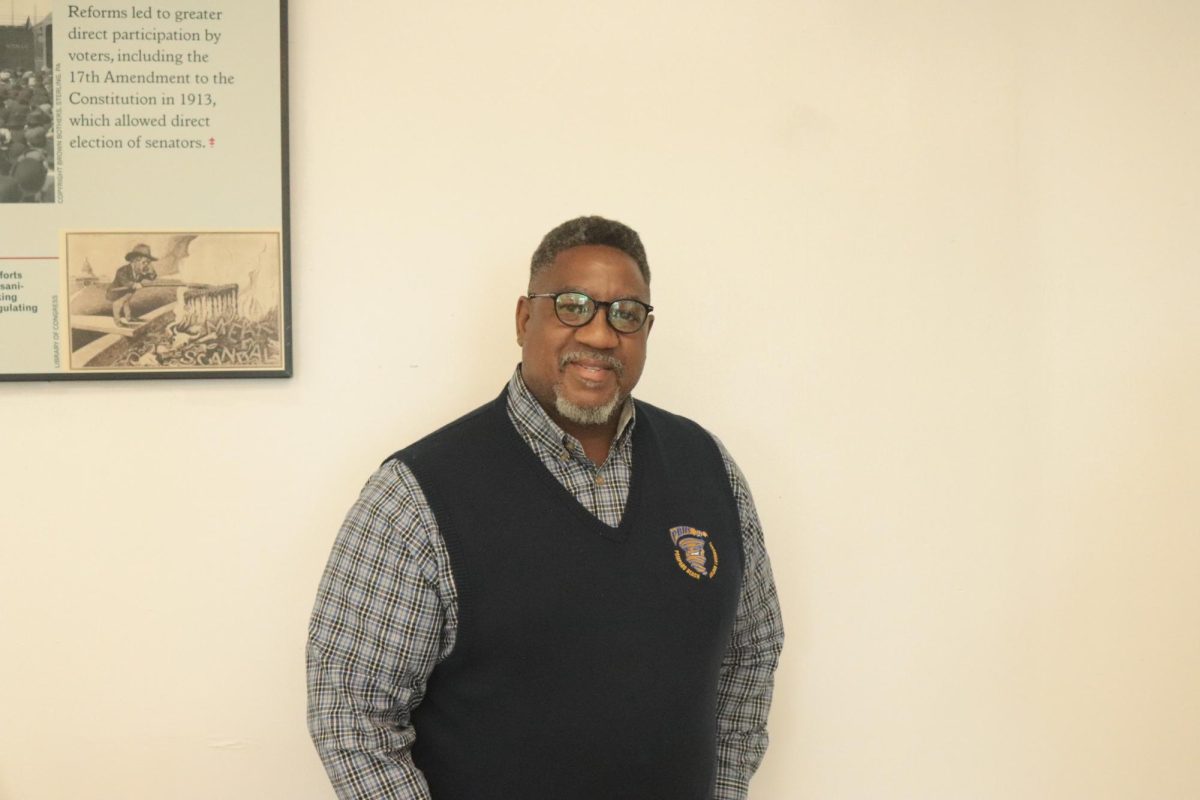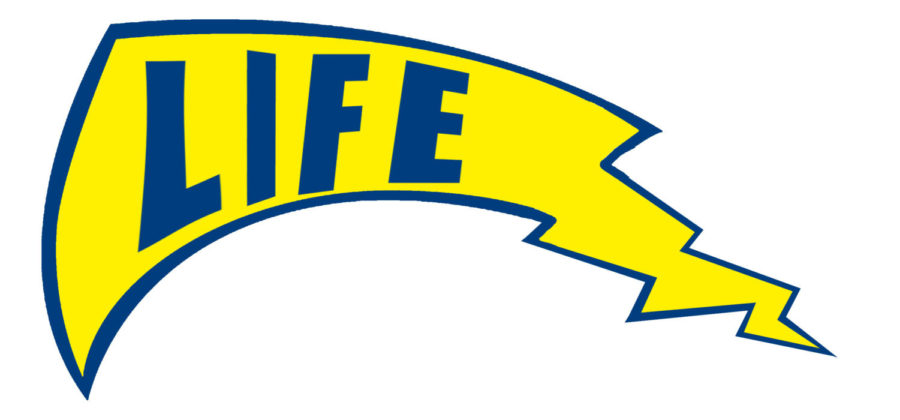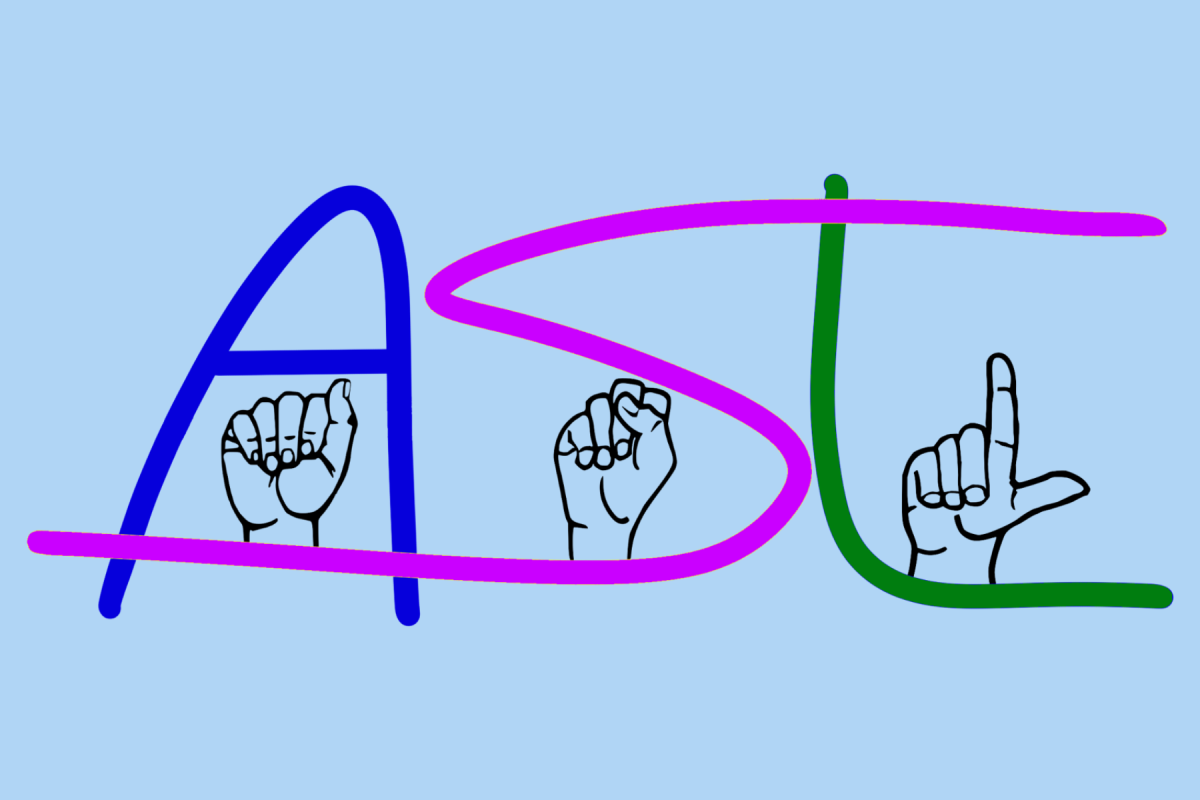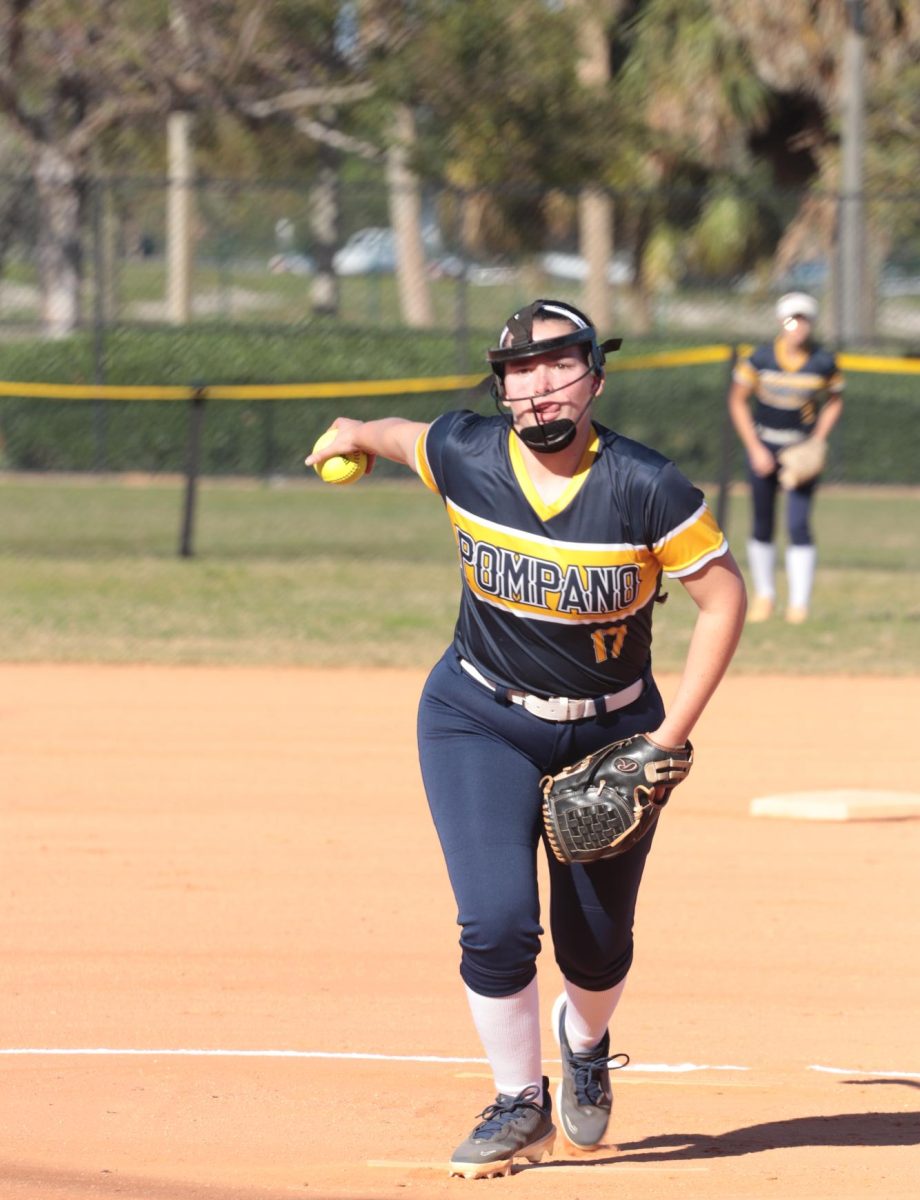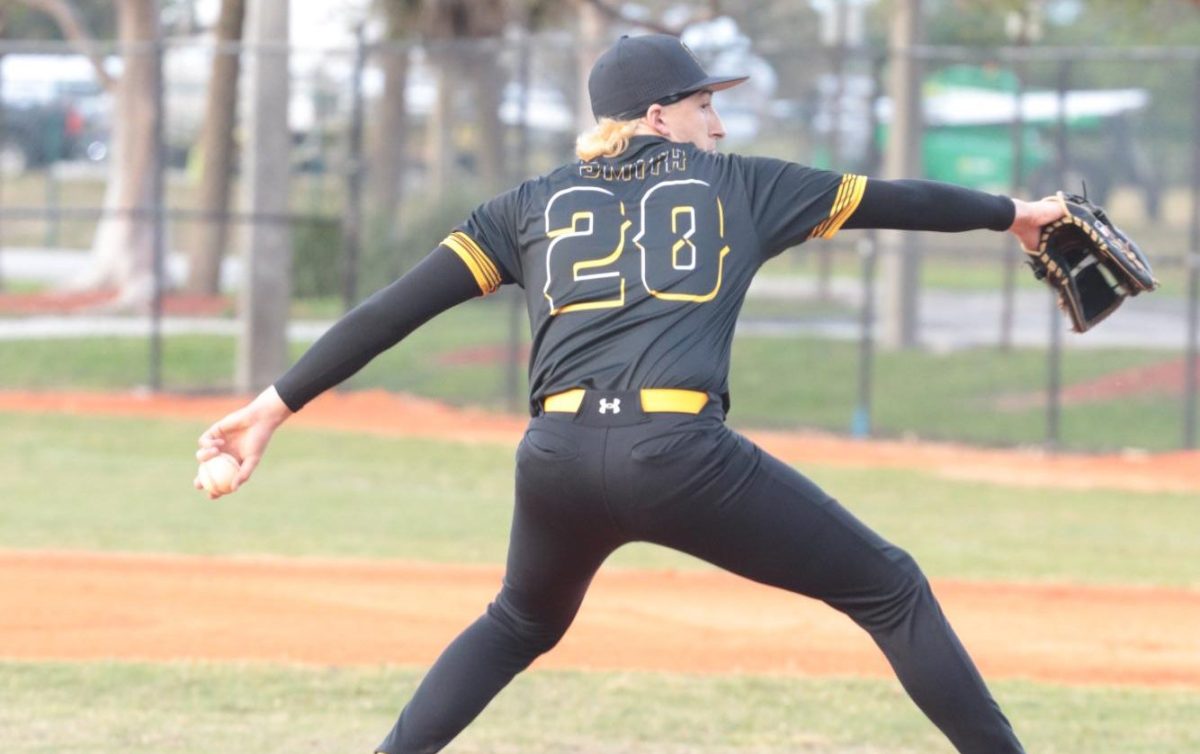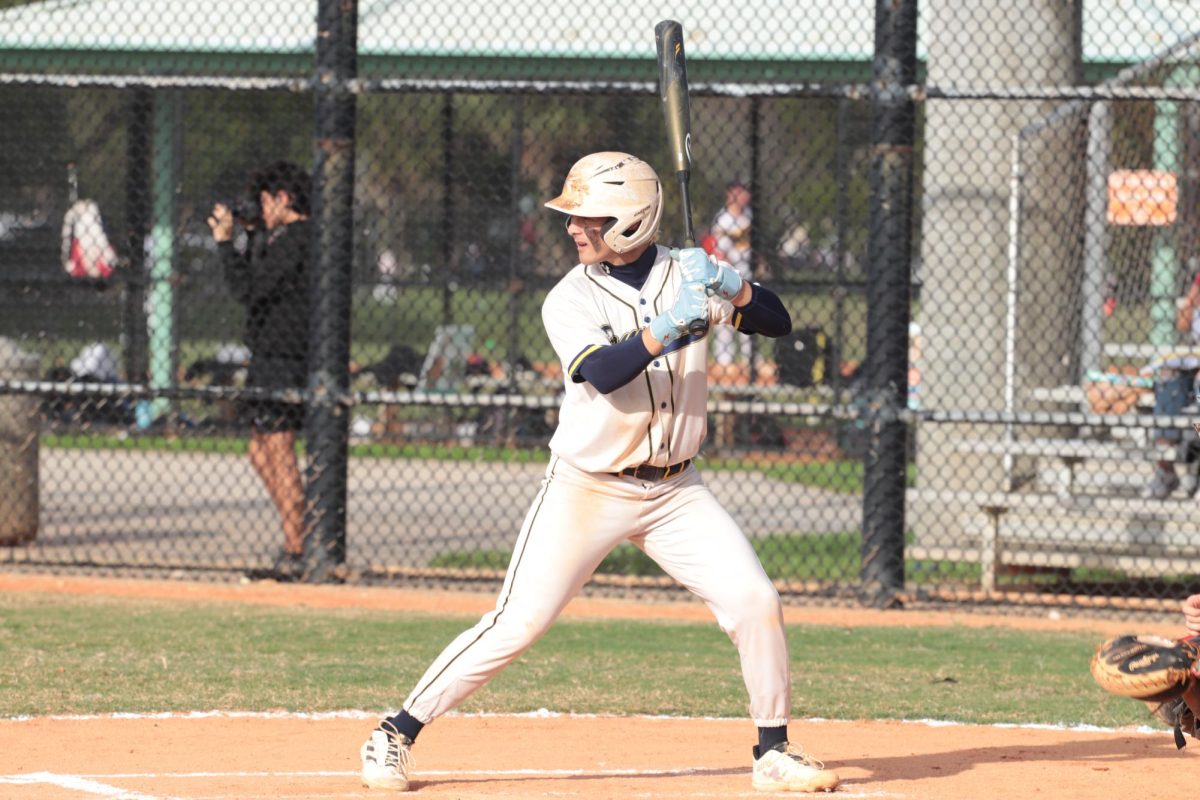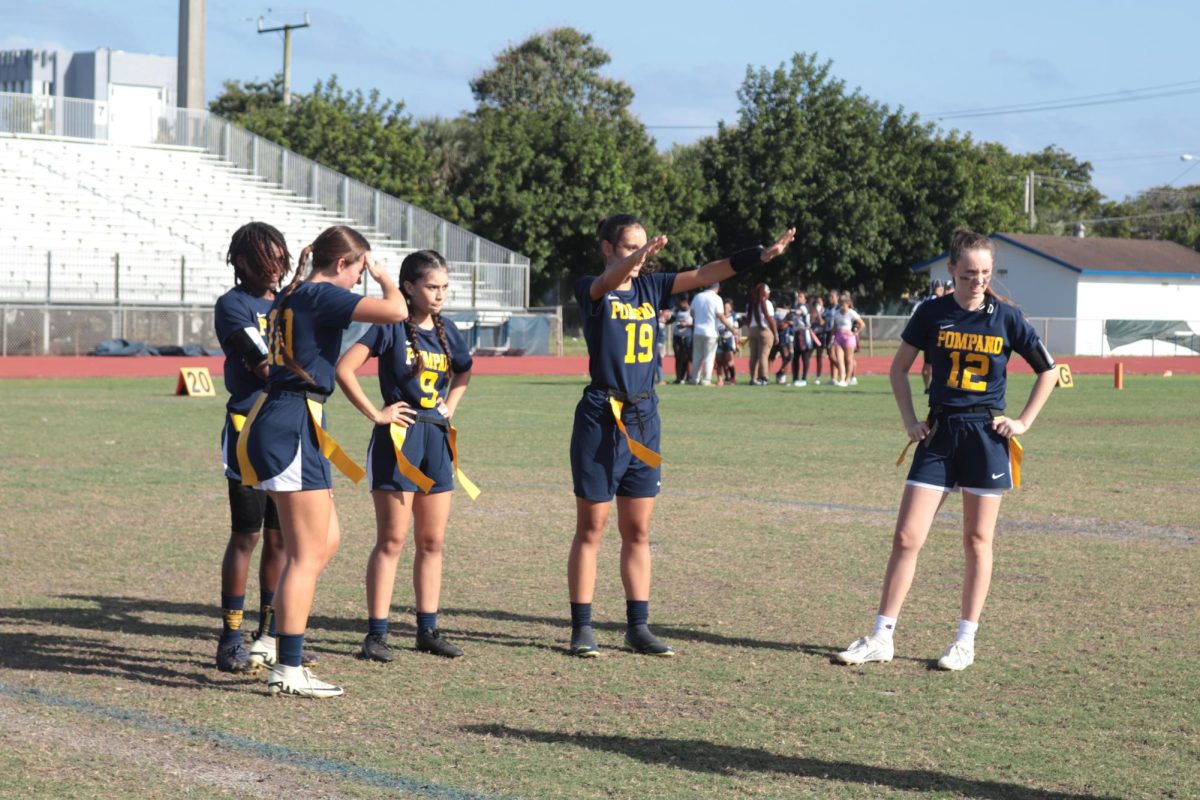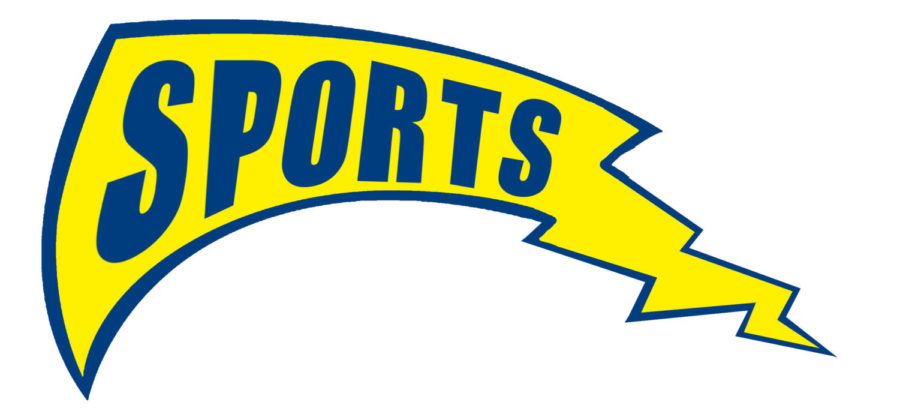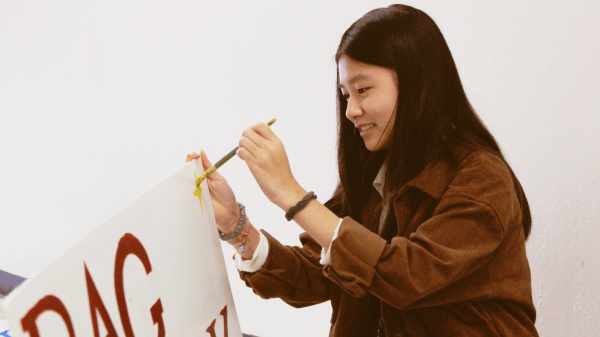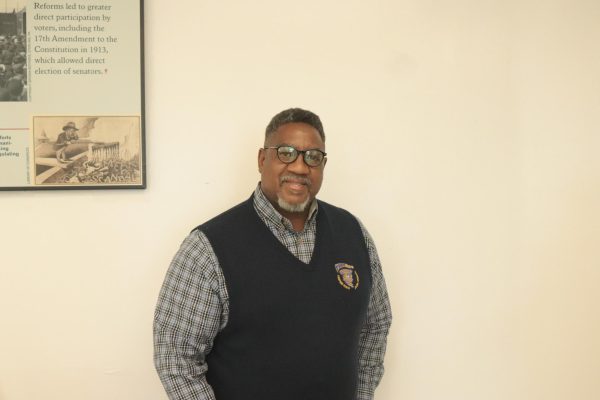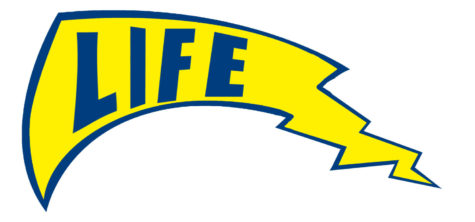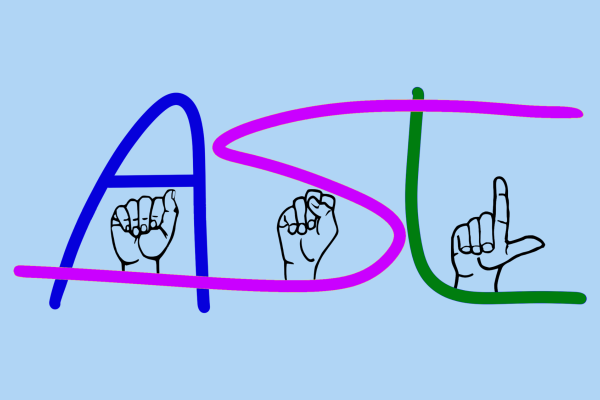SECME club engineers success
April 17, 2023
Members of the Southeastern Consortium for Minorities in Engineering Club won two top honors in district competitions on March 11: Robotic Arm and Mouse Trap Car.
Team members were tasked with engineering a robotic glove to work as a functional hand guided by a remote control. During the competition, club members performed a series of routine tasks using the hand.
The team stood out through innovation and creativity– deviating from the typical design. Junior Serenity Brown, club president and robotic hand team leader, explained that they modified the default hand by extending wires to make the robotic glove far more comfortable and useful.
lub members did not receive the initial robotic hand until January for the March competition, a short time compared to some competitors.
“Time management was a big problem because we had a new person for our competition this year, so we did get provided the hand last minute,” Brown said.
For Brown, participation in the club over the past two years has been a transformative experience.
“I’ve gained a lot of confidence, both in speaking… and also in different learning abilities,” Brown commented. “I’m really into STEM now, and I do want to major in it. The club definitely gave me that awareness to do it more.”
The club offers science, technology, engineering and mathematics opportunities to students who are often under-represented in those fields. Through SECME, they have access to hands-on learning experiences, opportunities for collaboration, and the ability to challenge themselves and build confidence in their contributions to the STEM fields.
“I believe that the STEM program does provide a lot of responsibility, a lot of technique, and a lot of innovation, and I feel that it influences people not only to be independent, but to also be (cooperative),” Brown said. “You have to (put in work), but you also have to ask your teammates for help. You can’t just work alone.”
Club adviser Brian Putnam credits the students’ weekly meetings as the main reason club members managed to engineer their success — both literally and figuratively .
“(What led to the team’s success was) the hard work of all the students that have shown up every Wednesday,” Putnam said. “It’s really all them, I’m just sort of the guide.”


